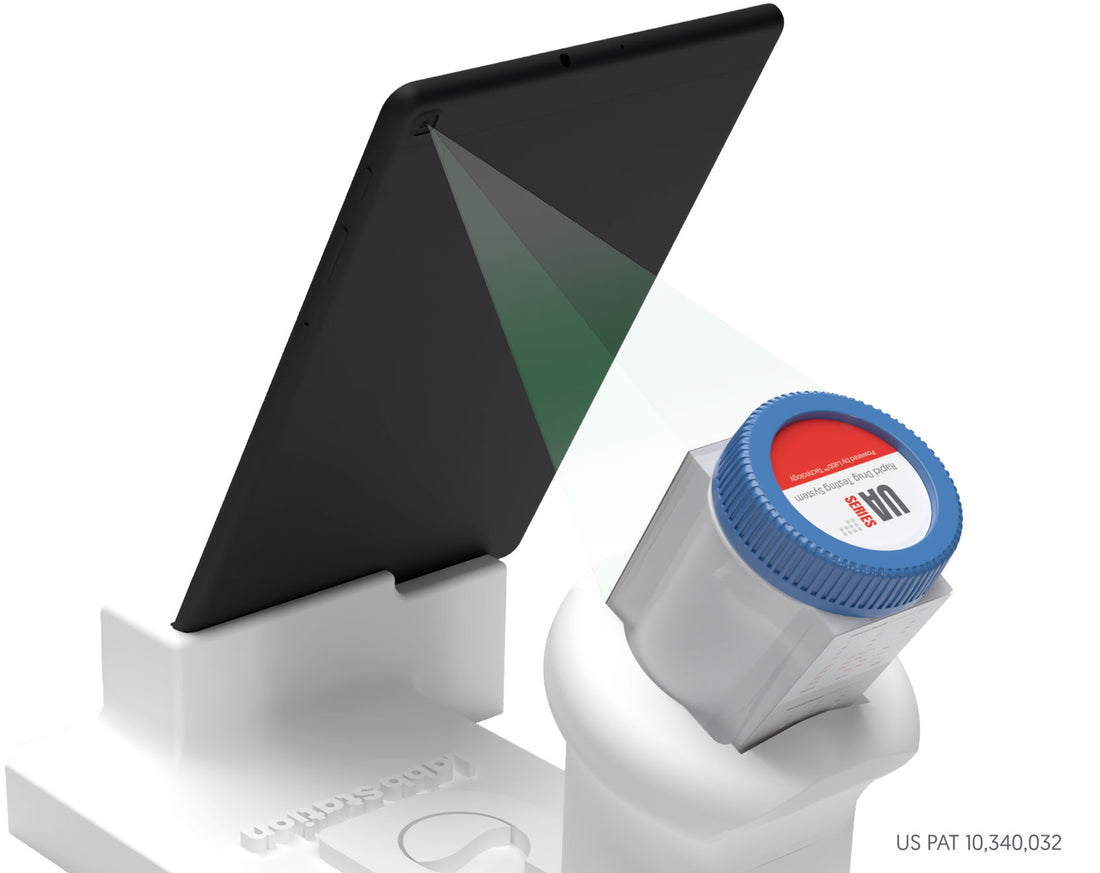
Urine Good Hands with DRT: The Shift to Digital Rapid Drug Testing.
Customers are Asking for Digital Rapid Tests (DRT) by Name.
In the rapidly evolving landscape of drug testing, Digital Rapid Drug Testing (DRT) has emerged as the preferred choice for a growing number of companies. Customers are increasingly demanding the accuracy, reliability, and integrity that DRT offers, pushing organizations to switch from traditional rapid test kits. This article explores the limitations of traditional drug tests and highlights how DRT addresses these challenges, meeting customer demands for superior testing methods.
Introduction
Traditional rapid drug test kits have long been the standard due to their affordability and ease of use. However, these kits come with significant limitations that compromise their reliability and accuracy. As customers become more aware of these issues, they are beginning to request Digital Rapid Drug Testing (DRT) by name. This shift in demand is driving companies to adopt DRT to meet customer expectations for dependable and trustworthy drug testing outcomes.
Reason 1: Verifiability of Test Results
Traditional rapid test kits lack mechanisms to provide verifiable evidence of test results. These kits do not include unique identifiers that connect the test to a specific donor, making it impossible to trace and verify results. Consequently, clinics using these kits can't provide concrete evidence of a result, leading to reliance on the tester's word. In contrast, DRT systems capture unique identifiers and digital records, ensuring each result is traceable and verifiable, significantly enhancing reliability. Customers demand this level of transparency, pushing companies to switch to DRT.
Reason 2: Elimination of User Bias
The accuracy of traditional rapid test results is often compromised by collector bias. If a donor admits to drug use, collectors may subconsciously expect a positive result and interpret the test accordingly, even when the donor is clean. This bias can be exacerbated by a lack of drug education among donors, leading them to disclose irrelevant or outdated drug use. DRT systems eliminate this issue by separating the interpretation process, providing objective and unbiased results that do not depend on the collector's expectations or assumptions. Customers seeking fair and unbiased testing, especially those conducting in house drug testing programs, are among the first to make the switch.
Reason 3: Consistent Performance Across Production Batches
Traditional rapid test kits vary in performance across different lot numbers or production batches. These inconsistencies can make it challenging for users to interpret results accurately, as each lot may develop differently. This variability can lead to false positives or other errors. DRT systems provide consistent performance by leveraging technology for digitally assisted analysis. They track and adapt to the performance characteristics of different lots, ensuring accurate and reliable results regardless of batch variations.
Reason 4: Trust and Verification
The trustworthiness of rapid drug test results hinges on the manufacturer's ability to produce a reliable product and the user's ability to accurately interpret it. Traditional rapid tests fall short because there is no way to prove that results were read correctly or linked to a specific individual. This "just take my word for it" approach is inherently unreliable. DRT systems address this by creating secure digital records that link results to specific donors, providing verifiable proof of accuracy and enhancing trust in the testing process.
Reason 5: Oversight and Compliance Monitoring
DRT systems offer a level of oversight that traditional rapid tests cannot match. They include independent verification and auditing to help ensure results are accurate and compliant with user policies. DRT systems can detect tampering and misuse, such as drawing lines on test kits or reusing them, and flag these issues for inspection. This 24/7/365 oversight ensures that security protocols are followed, maintaining the integrity of the testing process. Traditional rapid tests, lacking such oversight, are vulnerable to human error, fraud, and protocol breaches. Customers demand this high level of oversight and compliance, prompting companies to make the switch to DRT.
Conclusion
Digital Rapid Drug Testing (DRT) represents a significant improvement over traditional rapid drug test kits by addressing their inherent limitations. By providing verifiable results, eliminating user bias, ensuring consistent performance, enhancing trust, and incorporating continuous oversight, DRT systems offer a more reliable, accurate, and trustworthy solution for drug testing.
As customers become more knowledgeable and discerning, they are increasingly demanding DRT by name. This shift in customer expectations is driving companies to transition from traditional rapid tests to DRT, ensuring they meet the highest standards of accuracy, reliability, and integrity in drug testing.
